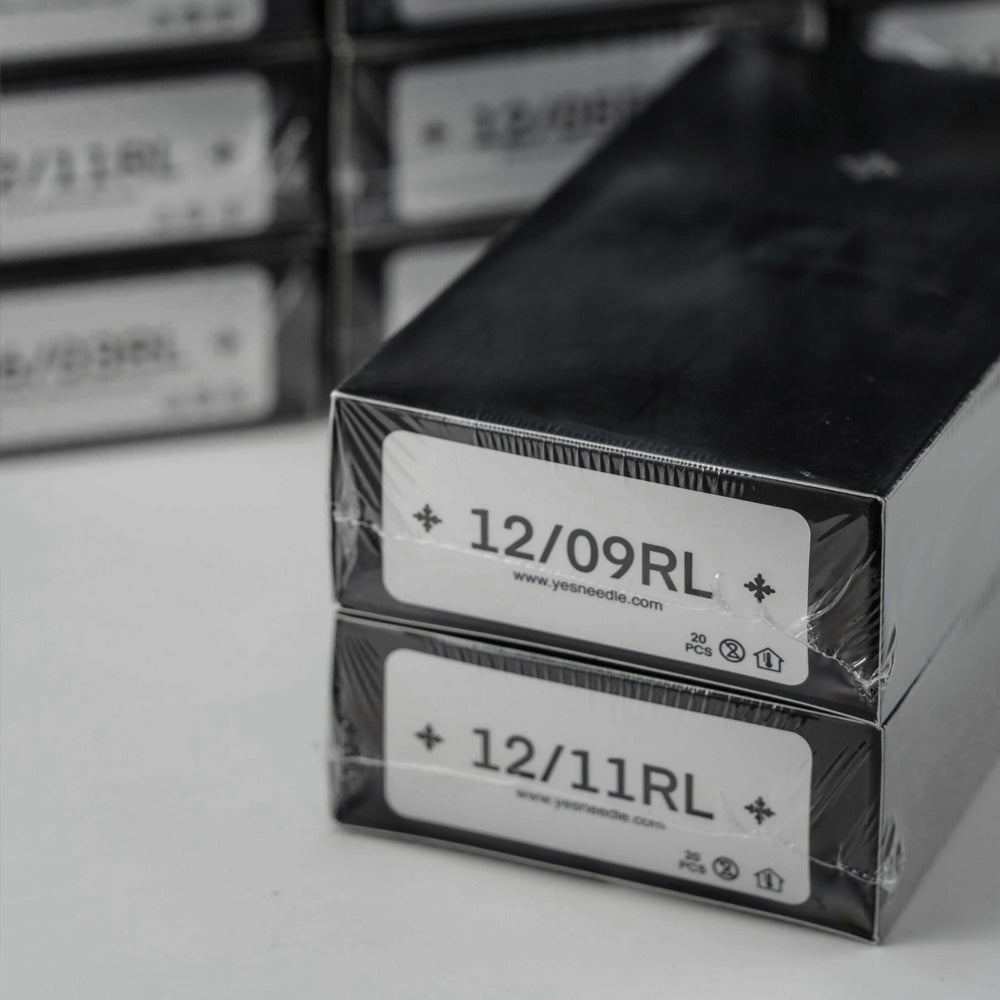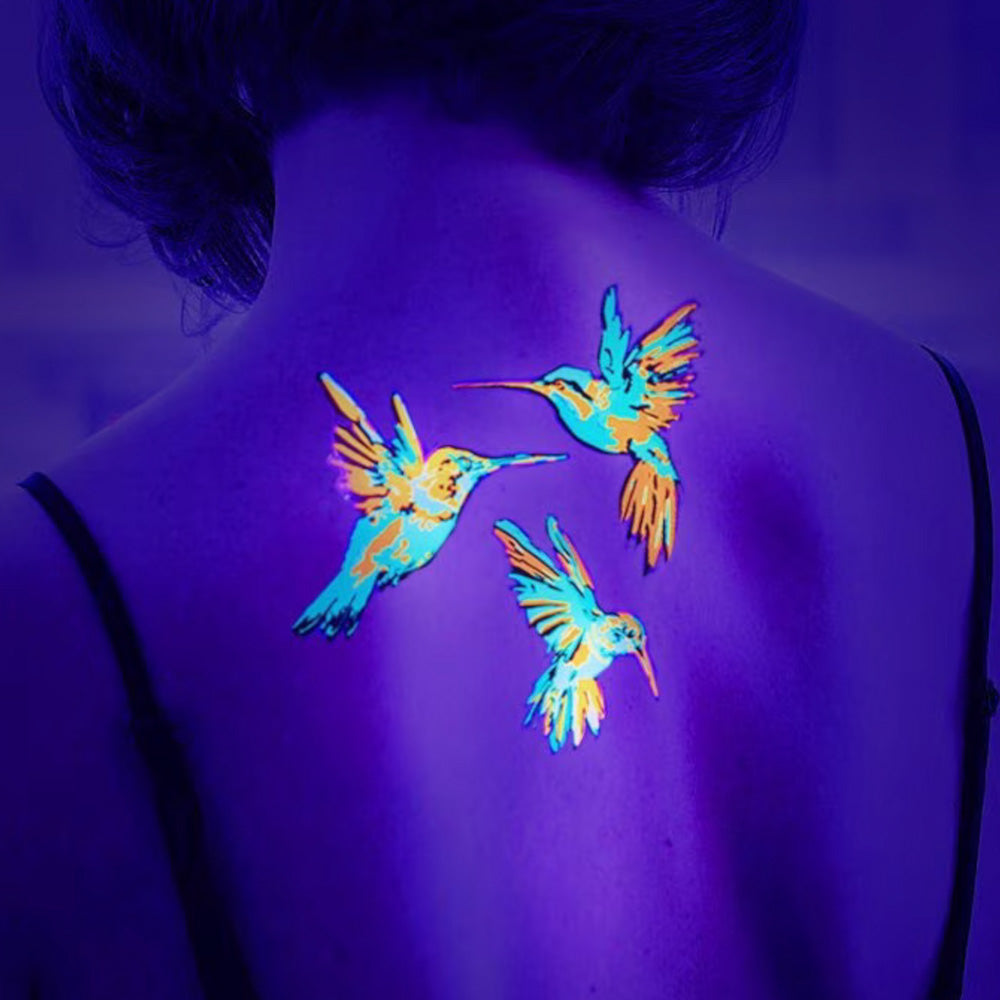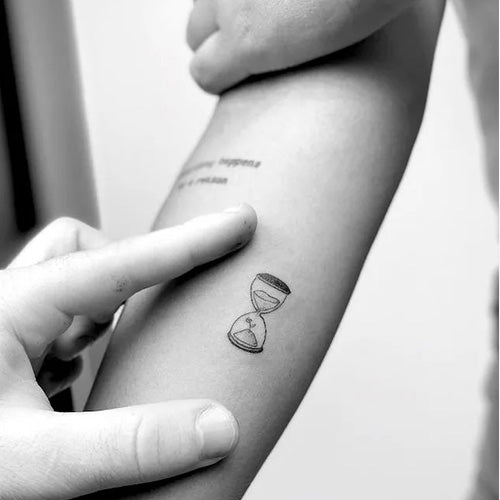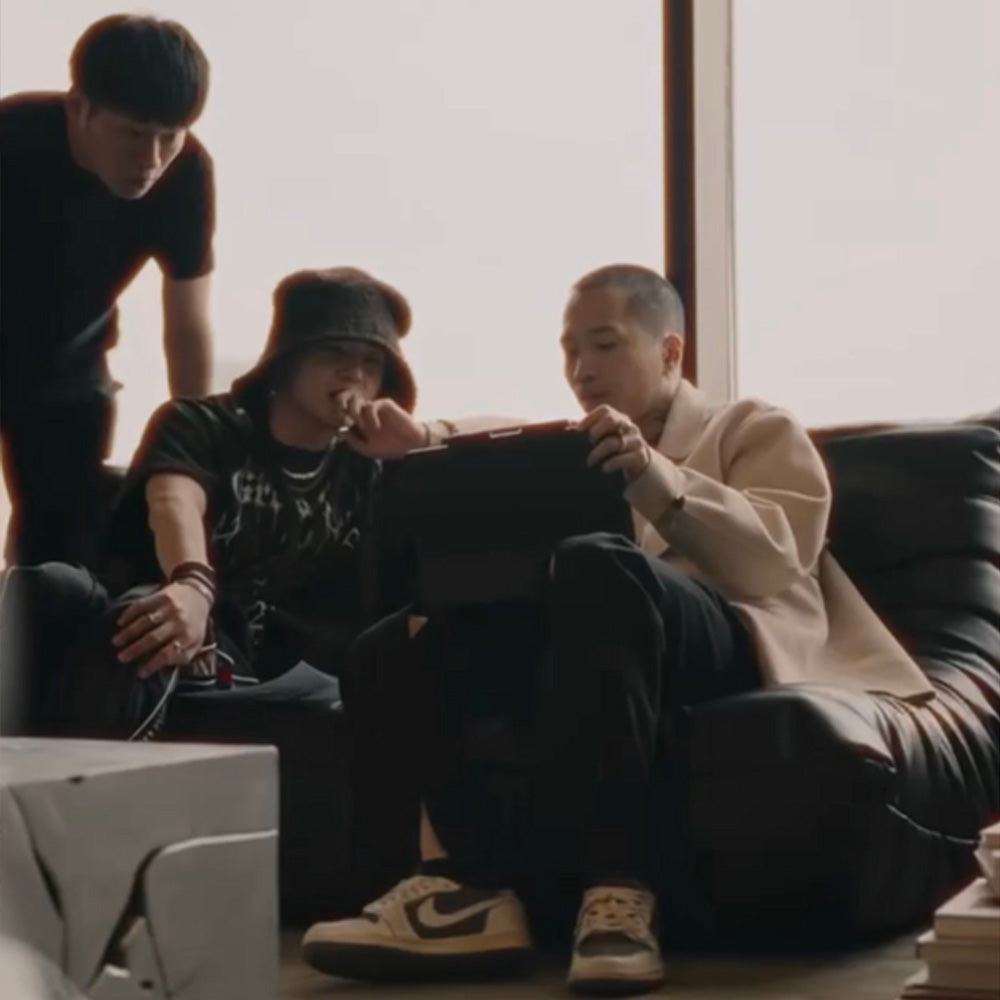How to Keep Tattoos from Fading: What Every Artist Should Tell Their Clients
Hey fellow artists! Let's talk about something that haunts every one of us – that dreaded message from a client years later asking "why is my tattoo fading?" We've all been there, right? You create this stunning piece, it looks absolutely fire when it's fresh, and then... time happens.
Here's the thing though – tattoo fading isn't always on us. In fact, most of the time it's what happens AFTER the client walks out that door. But as professionals, we need to arm our clients with the knowledge to protect their investment (and our reputation). So grab your coffee, and let's dive into the real talk about keeping ink vibrant.

The Truth About Why Tattoos Fade (And It's Not Always Your Fault)
I've been in this game long enough to know that even the most perfectly executed tattoo can look like a faded tattoo if the client doesn't take care of it. The science is simple – UV rays break down pigment particles, skin cells regenerate, and life happens. But here's what really grinds my gears: clients who come back blaming technique when they've been baking in the sun without protection for years.
The Aftercare Speech That Actually Works
You know that glazed-over look clients get during the aftercare talk? Yeah, we need to fix that. Here's how I break it down now:
"Listen, you just paid good money for this art. Do tattoos peel? Yes. Is my tattoo supposed to peel? Absolutely. But here's the deal – the next two weeks determine whether this tattoo looks amazing in 10 years or looks like it went through a blender.
"I've found that being real with clients works better than the clinical approach. Tell them about tattoo peeling day 4 being the worst for itching. Warn them that they'll see what looks like colored flakes (tattoo flaking is totally normal). But most importantly, explain that this is their skin's way of healing, not rejecting the ink.
The Sun Is Not Your Friend (And Neither Are Tanning Beds)
Real talk – I've seen more beautiful work destroyed by sun damage than anything else. Those UV rays are like kryptonite to tattoo pigments. And don't get me started on clients who hit the tanning beds regularly.
I had a client once with this gorgeous Japanese sleeve – perfect saturation, clean lines, the works. Saw her two years later and it looked like someone had put a foggy filter over it. Turns out she was a tanning bed junkie. Heartbreaking, honestly.
How long do tattoos last before showing sun damage? Sometimes just one summer of neglect is enough to start the fading process. Black and grey work holds up better, but those vibrant colors? They're the first to go.
The Professional Side: What We Can Control
As artists, there ARE things within our control that affect tattoo fading:
Needle depth matters – and this is where quality equipment makes a difference. I switched to YES NEEDLE products last year, and honestly, the consistency in their needle groupings has made hitting that sweet spot in the dermis so much more reliable. Too shallow and you get that faded tattoo look within months. Too deep and you get blowouts. The precision in quality needles is something clients don't see, but they sure as hell notice the results years later.
Ink quality is non-negotiable – We all know that bargain ink is a fast track to disappointed clients. When someone asks "why do tattoos fade?" sometimes the honest answer is that their previous artist used garbage materials.
Technique over speed – I know we're all trying to make a living, but rushing through a piece to squeeze in another appointment is doing nobody any favors. Proper saturation takes time. Those of us using quality supplies like YES NEEDLE cartridges know that the equipment can handle the work – it's on us to take the time to do it right.
The Conversation About Touch-Ups
Here's something nobody talks about enough – normalizing touch-ups. I tell every client that even the best work might need a refresh after 5-10 years. It's not a failure; it's maintenance. Just like their car needs an oil change, their tattoo might need a tune-up.
Some artists act like needing a touch-up is admitting defeat. That's BS. Tattoo fading is a natural process. Skin ages, cells regenerate, life happens. What matters is that we set realistic expectations from day one.
The Real MVP: Long-Term Care
Want to know the difference between tattoos that look good after a decade and those that don't? It's not always the initial work – it's the daily care. Here's what I preach:
Moisturize like your ink depends on it (because it does). Dry, flaky skin makes tattoos look dull and lifeless. I've seen 10-year-old pieces look fresh as hell because the client moisturized religiously.
Sunscreen is not optional – SPF 30 minimum, reapply every two hours if you're outside. I don't care if it's cloudy. UV rays don't take days off.
Location, location, location – We need to be honest with clients about high-friction areas. That cute finger tattoo? It's going to need touch-ups. The side of the foot? Good luck with that. Part of our job is managing expectations.
Why Quality Equipment Matters More Than Clients Realize
Look, I'm not here to just push products, but let's be real – the tools we use directly impact how well our work ages. When I'm working with YES NEEDLE cartridges ←←←, I know exactly what I'm getting every time. Consistent needle groupings mean consistent ink deposit. No surprises, no weird healing, no explaining to a client why one section of their tattoo looks different from another.
I've used enough needles in my career to know the difference. You know that feeling when you're working and something just feels off? Maybe the needles aren't grouped properly, or the taper is inconsistent? That uncertainty translates directly into the skin. Your hand compensates, your depth varies, and boom – six months later you've got a patchy tattoo situation.

The Bottom Line for Fellow Artists
We're not just tattooists – we're educators, counselors, and sometimes therapists. Every piece we create is a collaboration between our skill and our client's commitment to care.
But seriously, the more we educate our clients about why is my tattoo peeling, when does tattoo start peeling, and proper long-term care, the better our work looks in the wild. And that's free advertising you can't buy.
Next time you have a client asking "is it normal for my tattoo to peel?" or worried about their new tattoo peeling, take the extra five minutes to really explain the process. Show them healed work. Be honest about what causes tattoos fade over time. And for the love of all that is sacred in this industry, stress the importance of sun protection!
Remember, every faded tattoo out there is either a learning opportunity or a future touch-up appointment. Our job is to minimize the former and be ready for the latter. Keep pushing the craft forward, invest in quality equipment (shameless YES NEEDLE plug because they genuinely make my work more consistent), and never stop educating your clients.
Stay sharp, stay humble, and keep creating art that stands the test of time.




